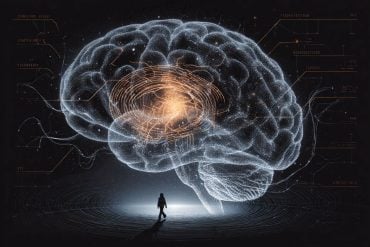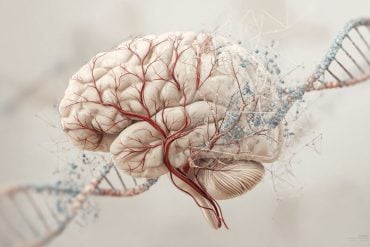While there is general consensus that the ability to imagine a never-before-seen object or concept is a unique and distinctive human trait, there is little that we know about the neurological mechanism behind it. Neuroscientist Dr. Andrey Vyshedskiy proposes a straightforward experiment that could test whether the ability to imagine a novel object involves the synchronization of groups of neurons, known as neuronal ensembles. Since the process involves mentally combining familiar images, scenes or concepts, Dr. Vyshedskiy proposes calling this process ‘mental synthesis.’ His research idea is published in the open-access Research Idea and Outcomes (RIO) Journal.
In the past scientists have managed to isolate and record from individual neurons that fire only when a particular object (e.g. an apple) is shown or imagined. Now, Dr. Andrey Vyshedskiy, Boston University, USA, and Rita Dunn, ImagiRation, USA, suggest an experiment that utilizes currently available methods for isolating so-called “object neurons” in the human brain.
Dr. Vyshedskiy proposes extending this experimental paradigm by isolating any two object neurons and monitoring their neuronal activity when these two objects are imagined together for the very first time. If two object neurons that fire only when a particular object is imagined can be identified, then the current experiment would seek to measure the firing activity when these two objects are imagined together. For example, an apple on top of a dolphin.
According to this Mental Synthesis Theory, the subject’s brain will trigger an increased firing rate in both object neurons and, more importantly, a synchronization of their activities would occur. “Understanding the basis of mental synthesis can shed light on the evolution of the brain in general and on the evolution of language in particular,” the authors point out.

“Since researchers can often identify several object-selective neurons within a single patient, multiple novel pairings of objects can be studied,” author Dr. Andrey Vyshedskiy explains. “Furthermore, morphing of more than two objects into one mental frame can also be investigated”.
Source: Andrey Vyshedskiy – Pensoft Publishers
Image Source: The image is credited to Dr. Andrey Vyshedskiy
Original Research: Full open access research for “Mental synthesis involves the synchronization of independent neuronal ensembles” by Andrey Vyshedskiy and Rita Dunn in Research Ideas & Outcomes. Published online December 29 2015 doi:10.3897/rio.1.e7642
Abstract
Mental synthesis involves the synchronization of independent neuronal ensembles
Imagine an apple on top of a dolphin. Visualizing this new, never-before-seen image in your mind’s eye involves a purposeful synthesis of two familiar mental images tucked away in your brain. Let’s call this process mental synthesis. Mental synthesis is a key component of what we commonly call ‘imagination,’ along with other components such as simple memory recall, spontaneous insight, dreaming, and hallucination. Mental synthesis is one of the least understood and also one of the most interesting components of imagination, since it is responsible for so many of the uniquely human traits, such as mental planning, modeling and engineering. Humans are able to purposefully and deliberately create and inspect a seemingly endless array of novel images in the mind’s eye, but the neurological process underlying this essential human skill is not well understood.
“Mental synthesis involves the synchronization of independent neuronal ensembles” by Andrey Vyshedskiy and Rita Dunn in Research Ideas & Outcomes. Published online December 29 2015 doi:10.3897/rio.1.e7642







